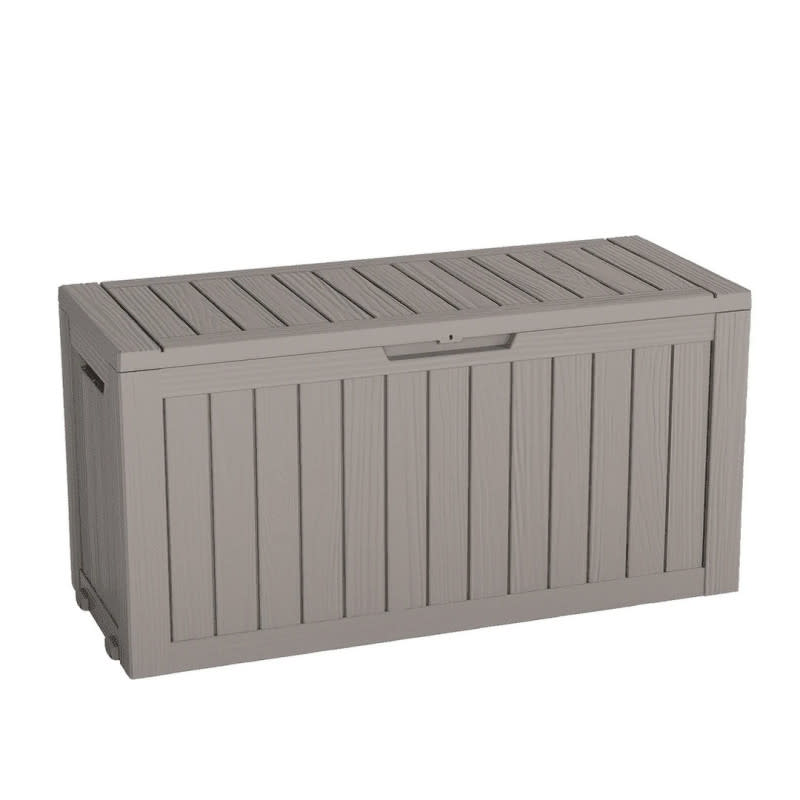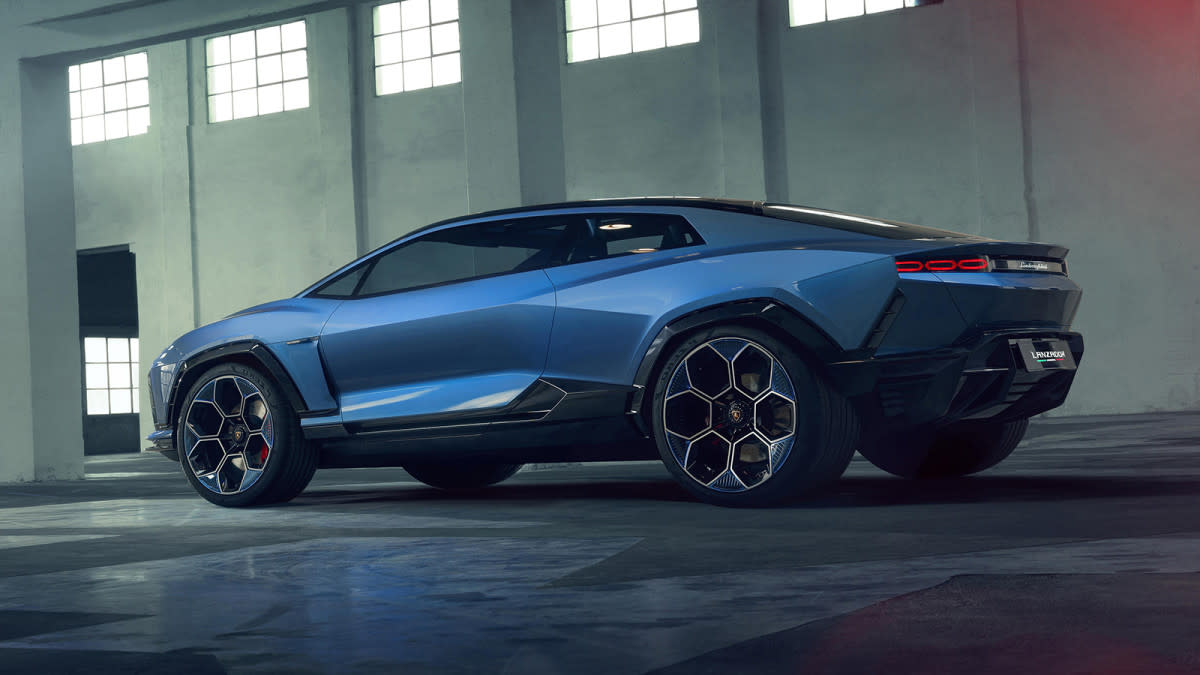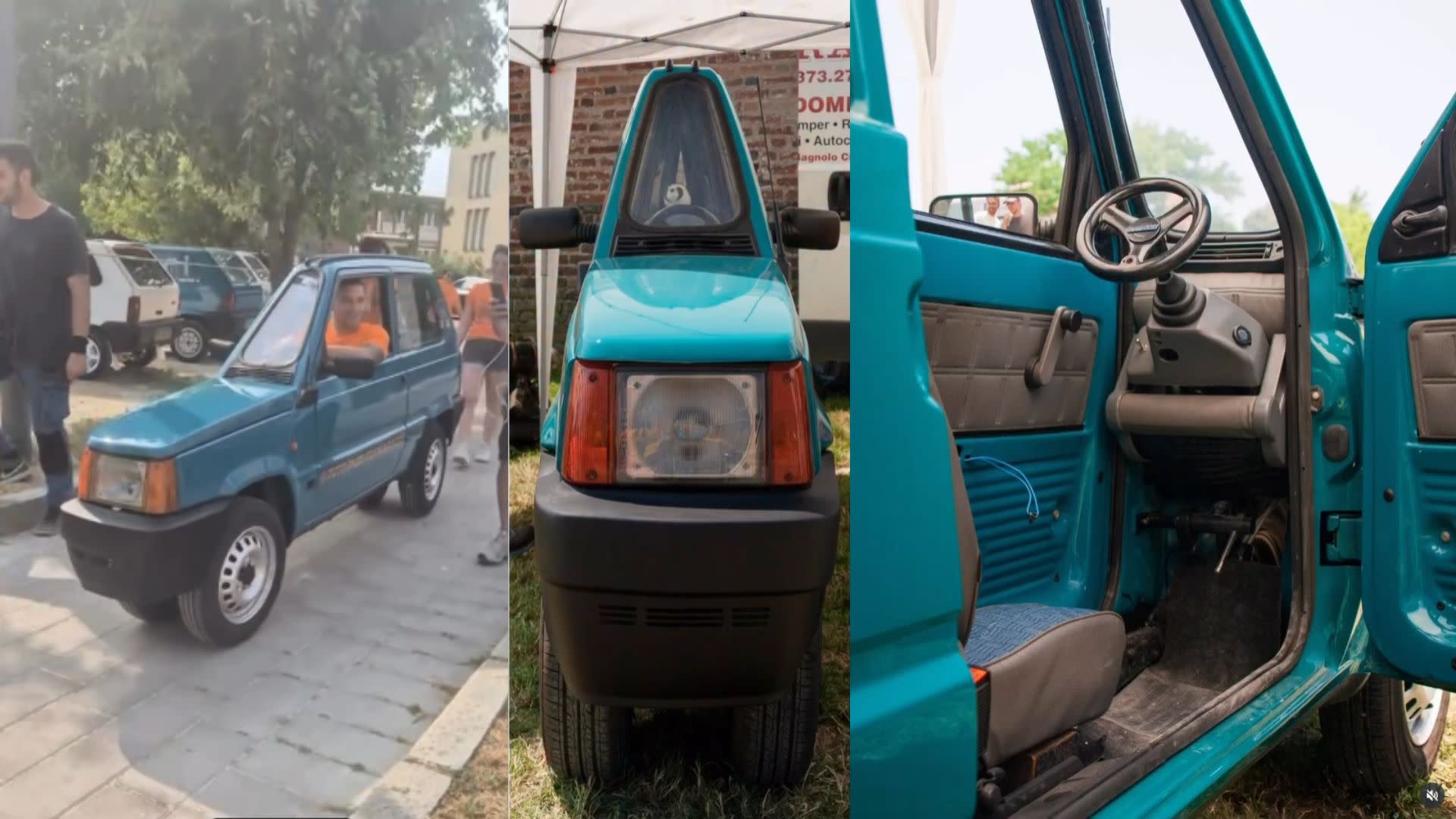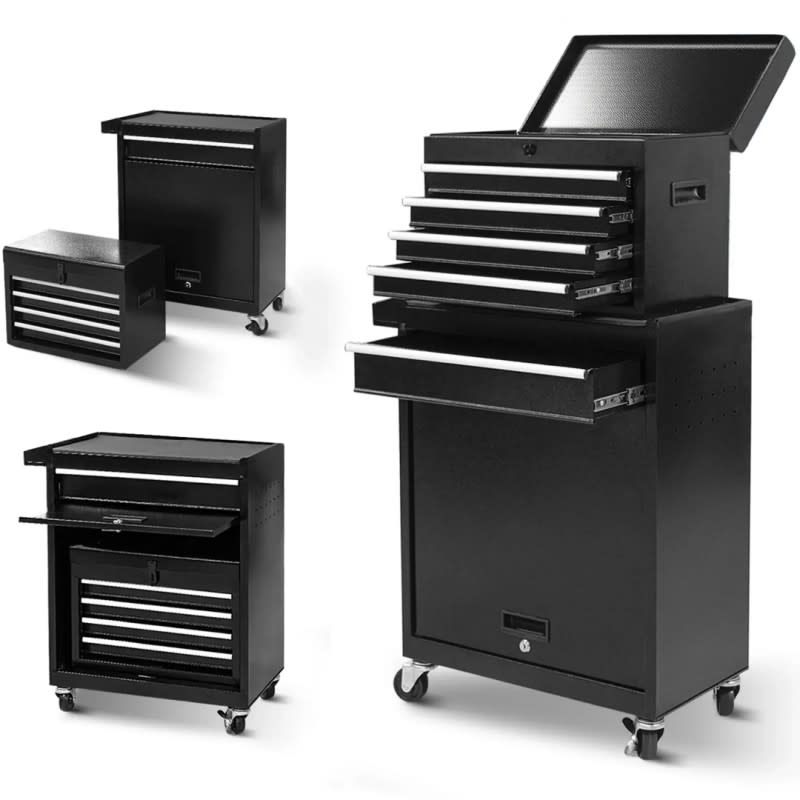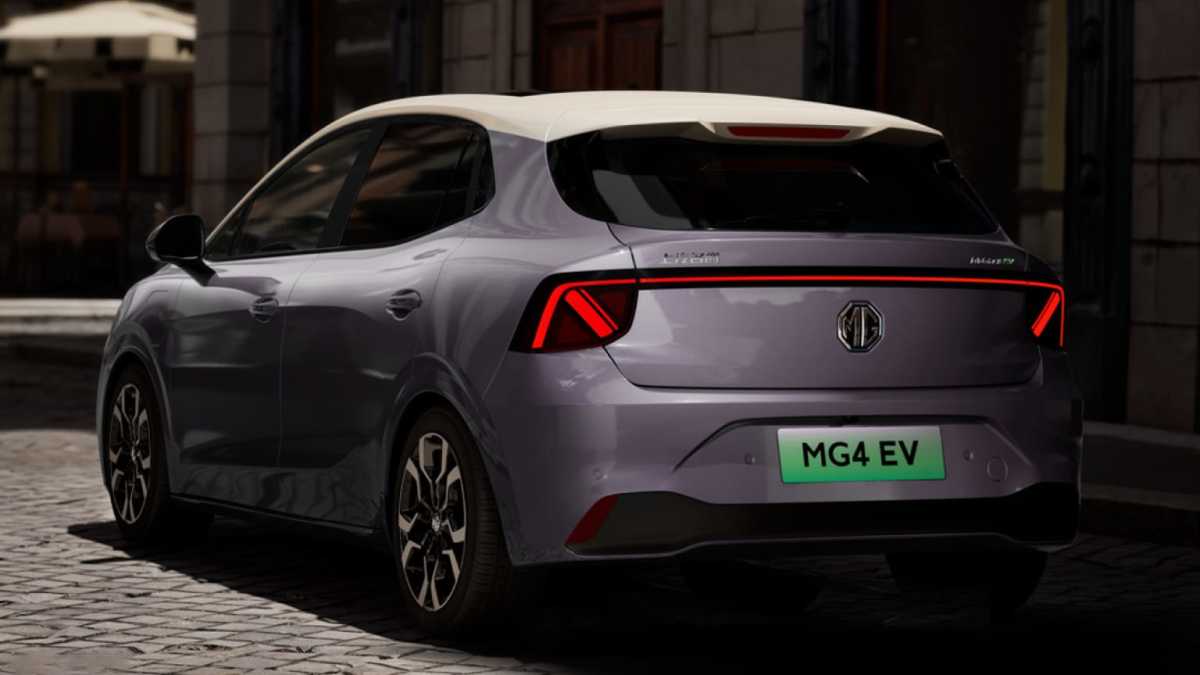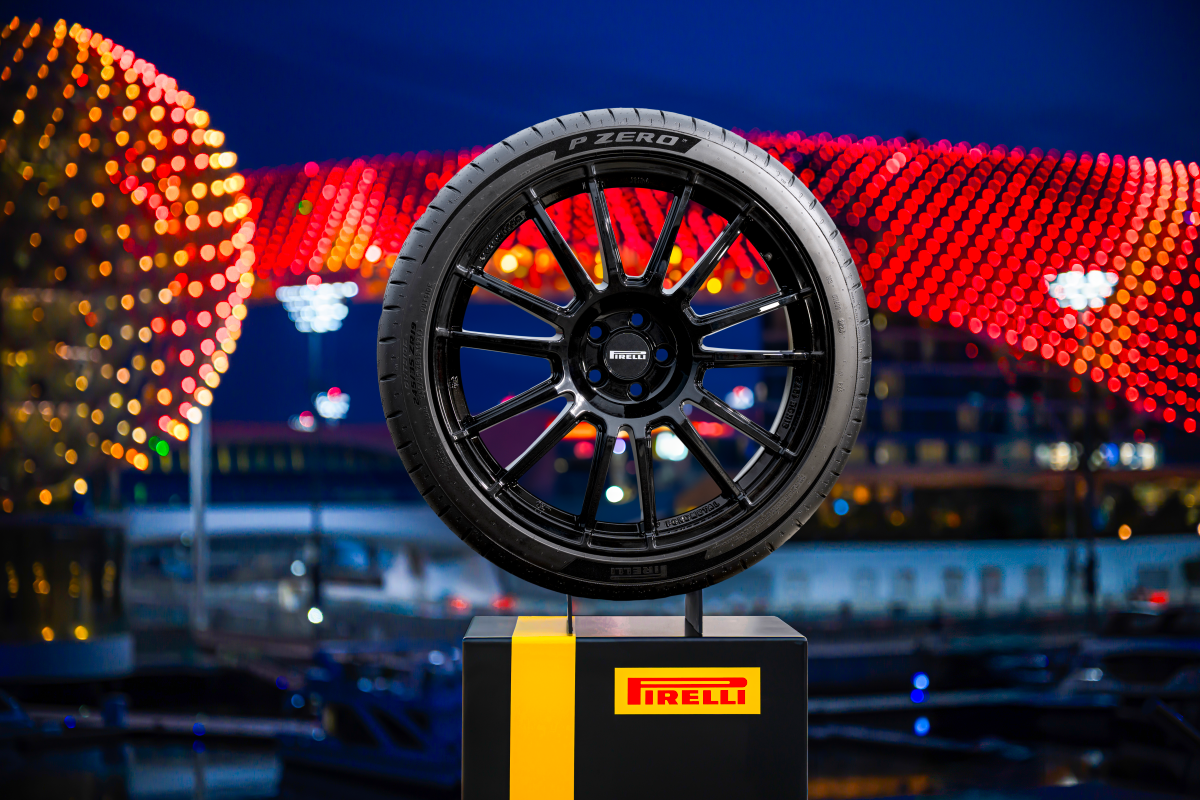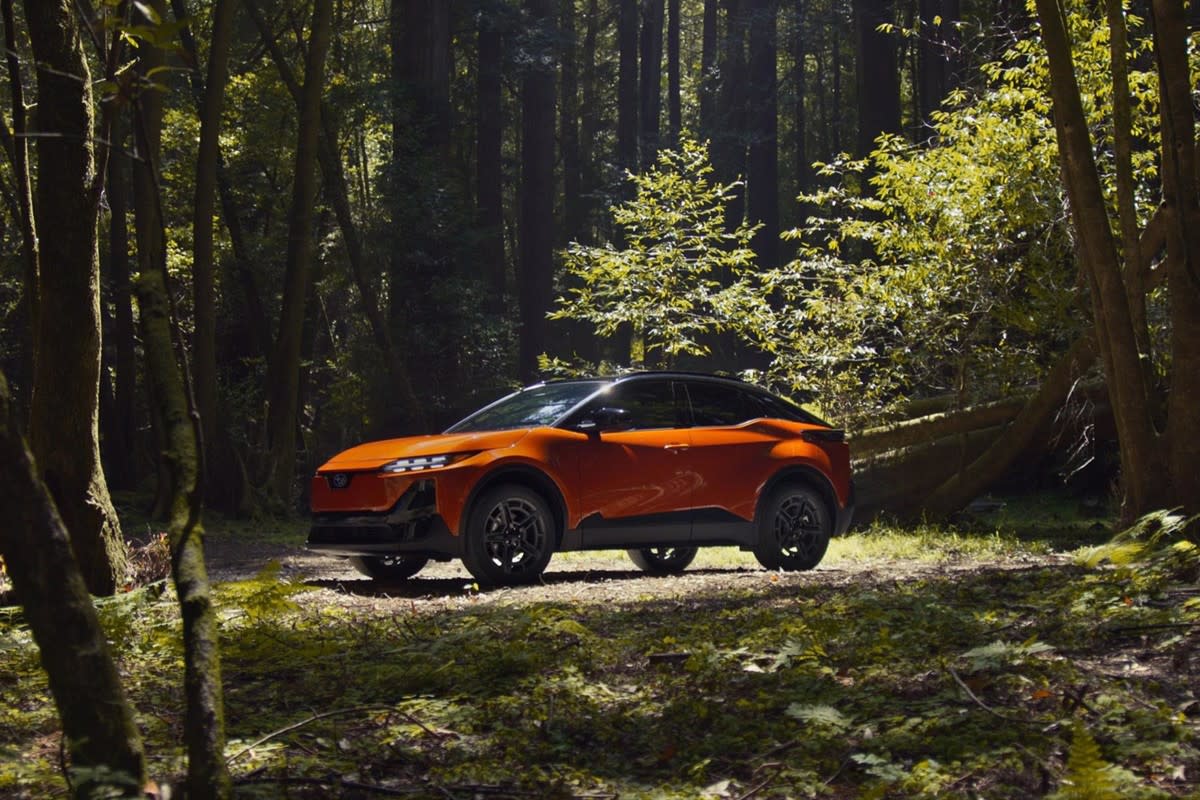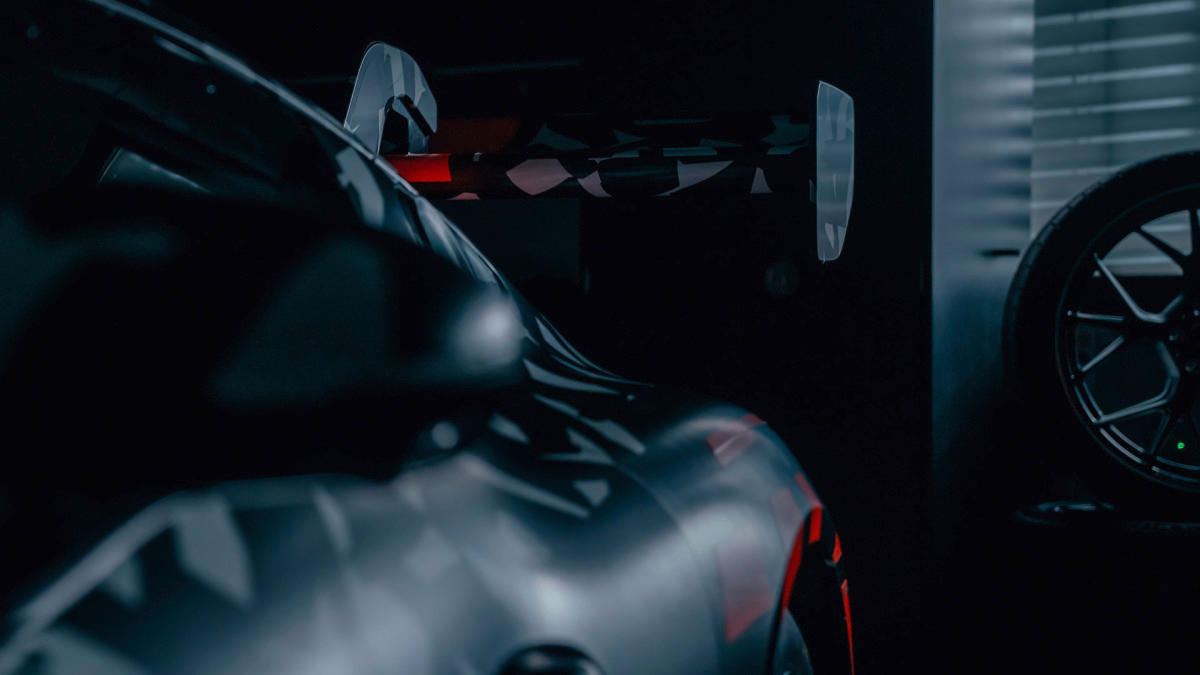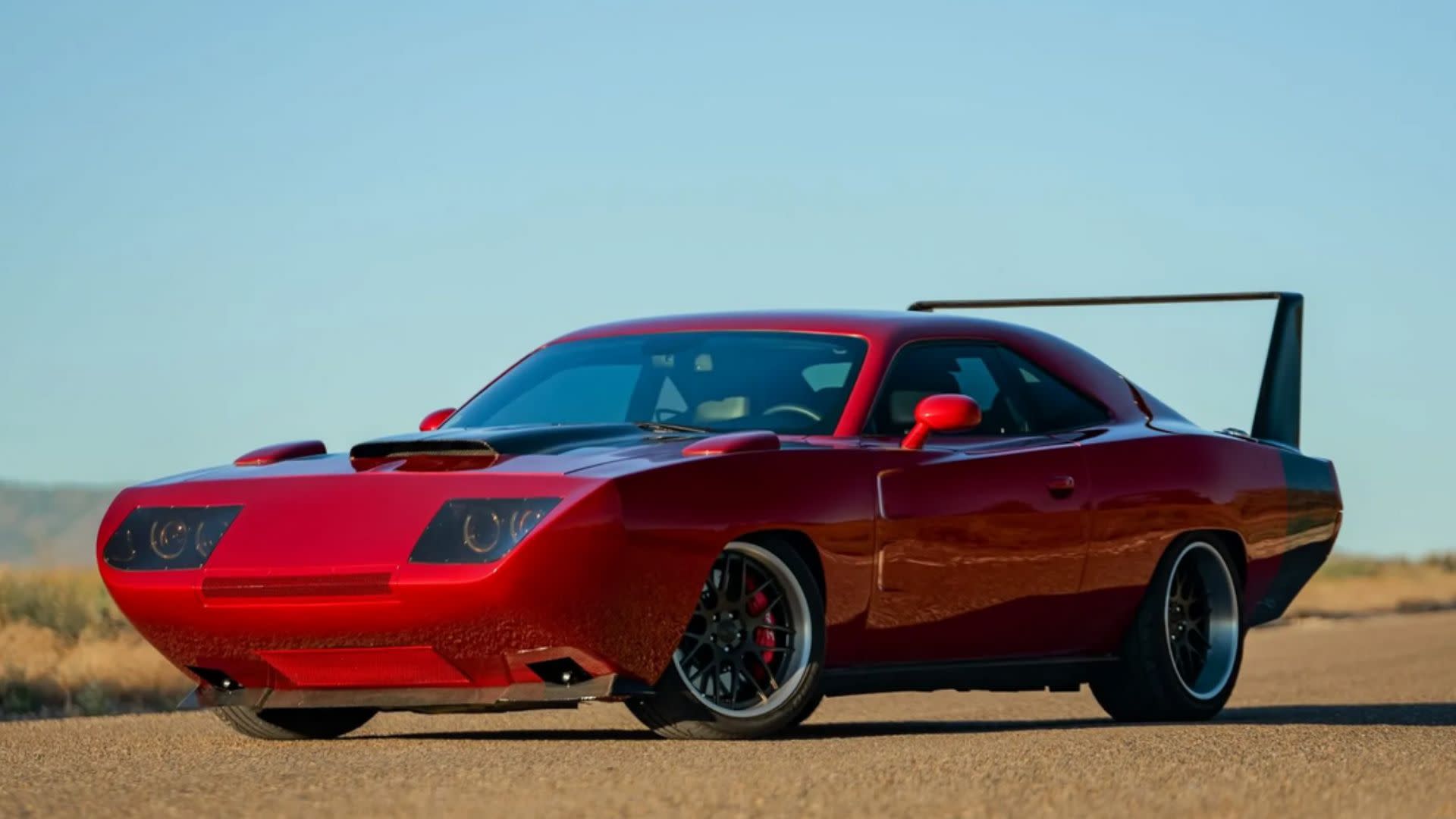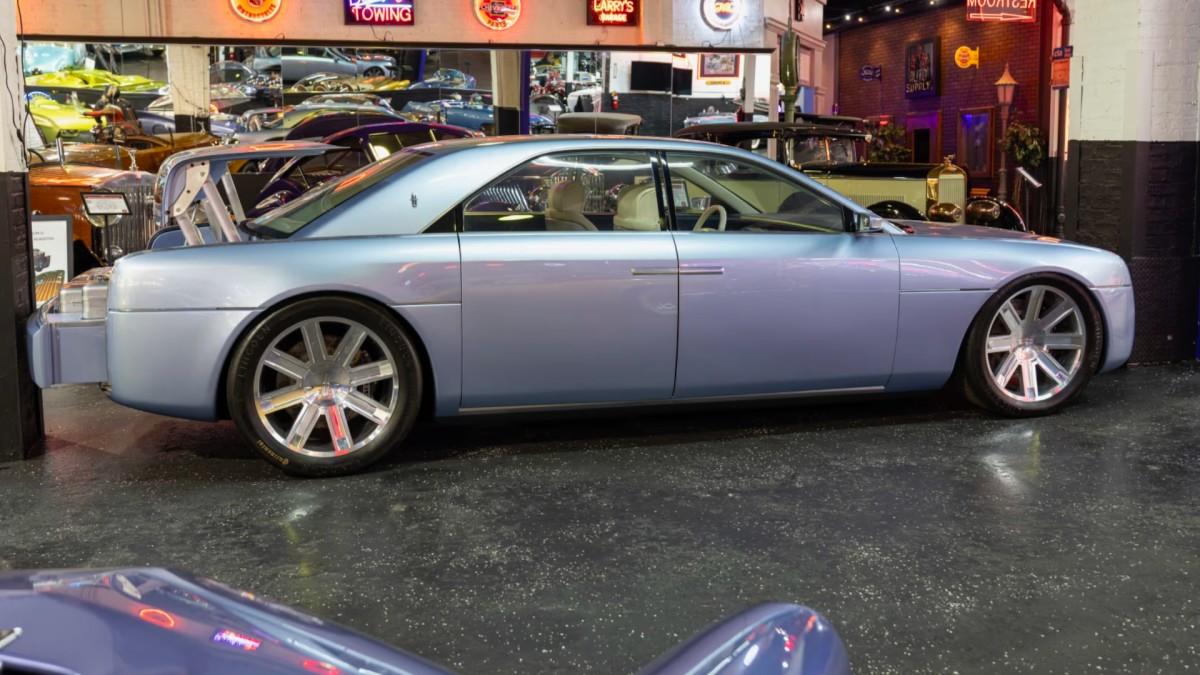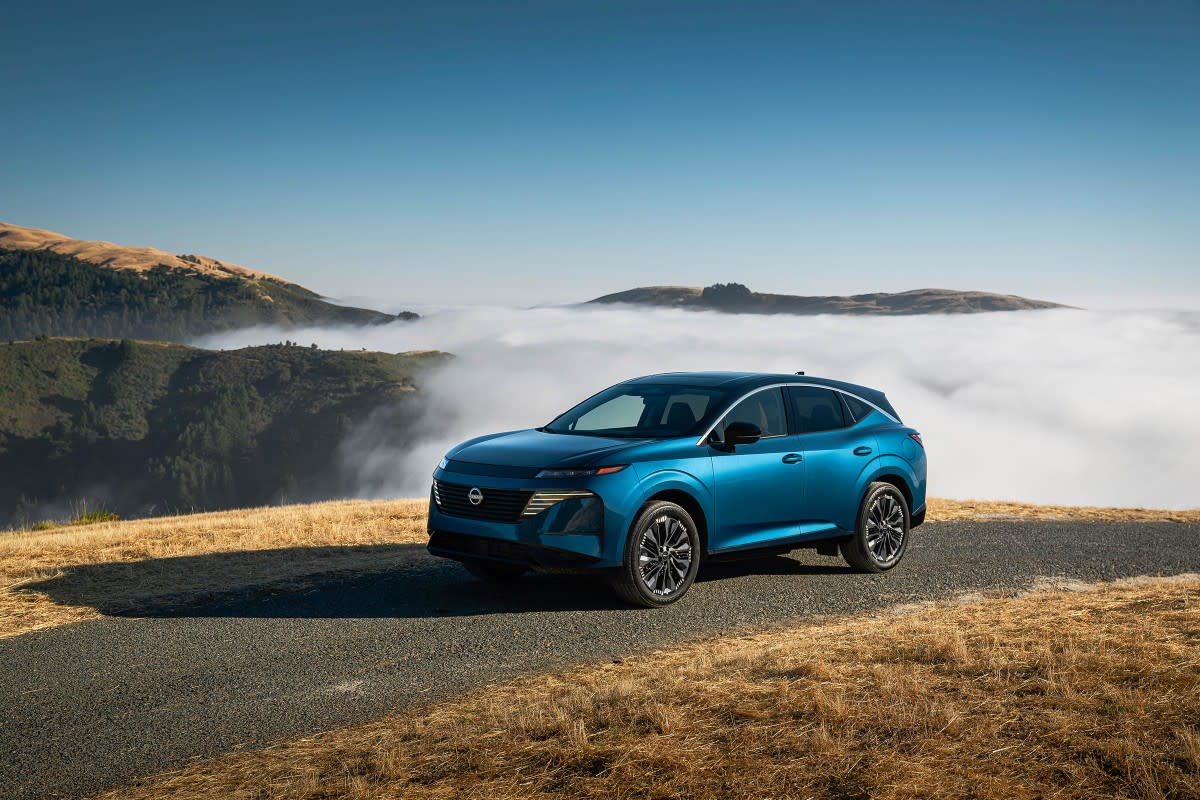
Japanese Car Prices Are About to Go Up in the U.S originally appeared on Autoblog.
A new trade deal between the U.S. and Japan heads off what could have been 25% tariffs on all Japanese-made goods, including automobiles. But the agreement nonetheless raises tariffs from the previous 2.5% to 15% which could translate into substantial price hikes on scores of vehicles imported from that Asian automotive powerhouse.
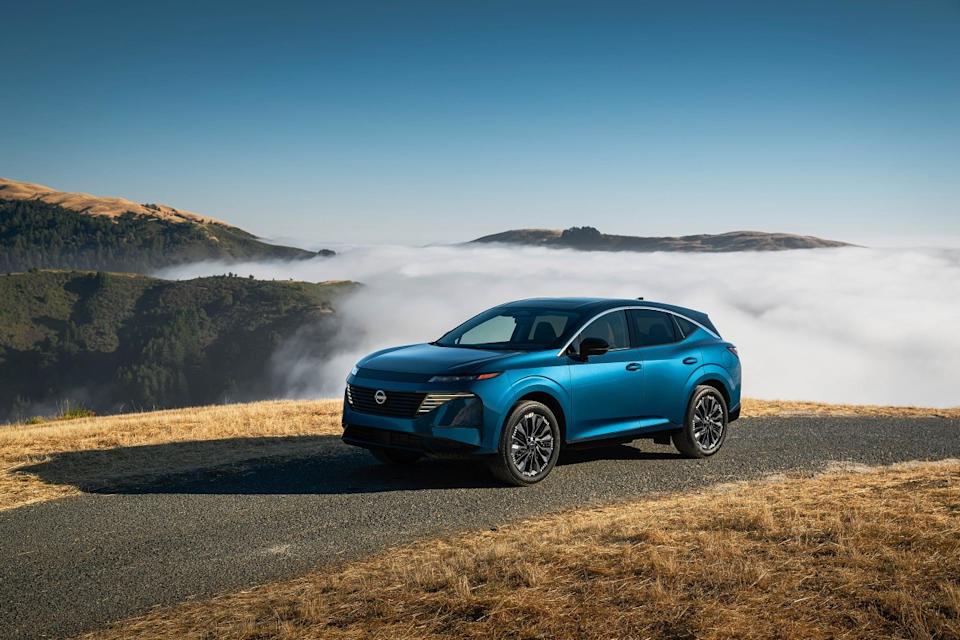
The settlement, described by Pres. Donald Trump as “perhaps the largest Trade Deal ever made,” on his site Truth Social, sets no limits on auto imports, unlike a “voluntary” trade agreement from the 1980s. But it also creates a $550 billion fund to expand Japanese investments in the U.S. And that could see automotive manufacturers like Toyota, Honda and Nissan expand their network of American parts and assembly plants.
“That 15% does look good,” at least compared to the 25% auto import tariffs Trump enacted in May, said Sam Abuelsamid, lead auto analyst with Telemetry Research, but it’s still a substantial hit that he expects will eventually be borne by consumers.
A Big Hit
Even before the new U.S.-Japan trade deal was announced on Wednesday, some automakers had already warned of upcoming tariff-driven price hikes, starting with Toyota. But how much prices will go up is uncertain, as manufacturers will now have to figure out how to respond. Among other things, they will have to consider the competition when adjusting their numbers, cautioned Stephanie Brinley, principal auto analyst with S&P Global Mobility.

A cursory calculation suggests the impact could be substantial. Today’s typical new vehicle costs just short of $50,000, according to Cox Automotive. Tariffs are based on the transfer price, however, effectively the wholesale cost – and that is usually 10 to 20% lower. So, if that vehicle now came in at just $40,000, the new tariffs would come to $6,000. Previously, the tariff at 2.5% was just $1,000.
Consumers Will Pay
The question is who will pay? “I expect price hikes across the board. I don’t think (Japanese automakers) can swallow all of the tariffs because it would be more than their profit margins,” said Abuelsamid.
But it’s not as simple as just tacking on a few thousand dollars more to the price tag of a Japanese import, said Brinley. Automakers have to consider whether that would price a vehicle out of the market when compared to the competition. In some cases, automaker might choose to swallow at least some of the higher tariff costs. Or they could spread the costs out by raising prices even on American-made models.
“Each automaker will handle it differently,” added Brinley. In some cases, they may drop low-margin, entry-level trims, focusing on high-end packages where buyers might be more willing to swallow higher prices. It’s also “possible there may be (nameplates) with low enough volumes that it won’t make sense to continue it in the line-up.”
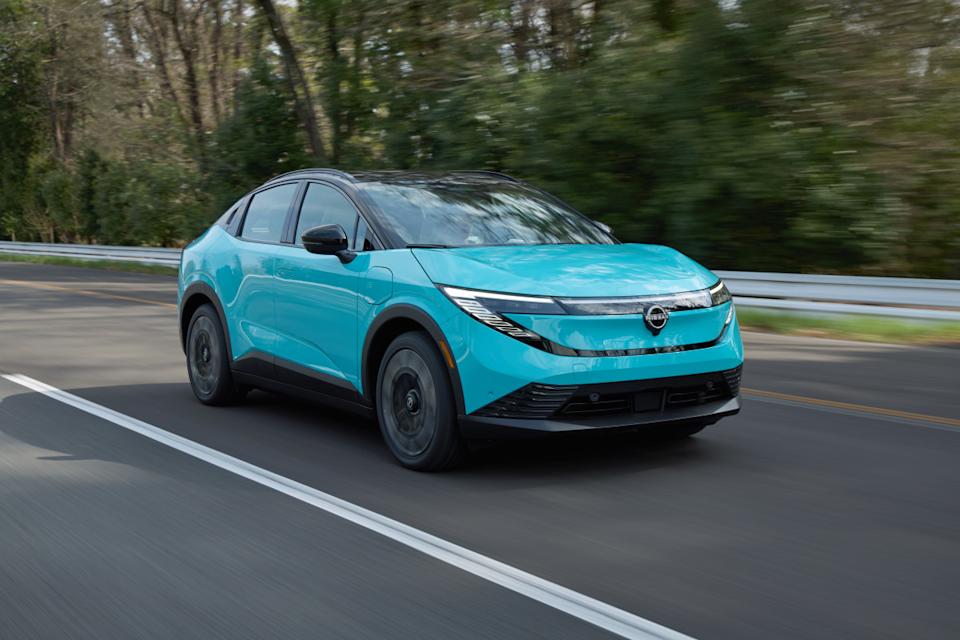 Nissan
NissanWhat Products Are Impacted
Since Honda opened the first Japanese-owned “transplant” assembly line in the U.S. more than 40 years ago, that country’s automakers have invested tens of billions of dollars in American manufacturing operations. They still import a substantial number of vehicles from Japan. By brand, a partial list includes:
Honda: almost all North American-made; Prelude and some Civic trims, ie Type-R;
Mazda: everything except the CX-50;
Nissan: Murano, next- Leaf, Armada, QX-80;
Subaru: all their new EVs, Forester, BRZ, Impreza, some Crosstreks, some Ascents; and the new version of the Outback;
Toyota: Land Cruiser, 4Runner, 86 and Lexus GX and LX.
The Canadian Conundrum
While the settlement with Japan has generated relief in many circles – Wall Street investors driving up a broad range of shares Wednesday – Japanese automakers like Toyota and Honda still face plenty of uncertainty.
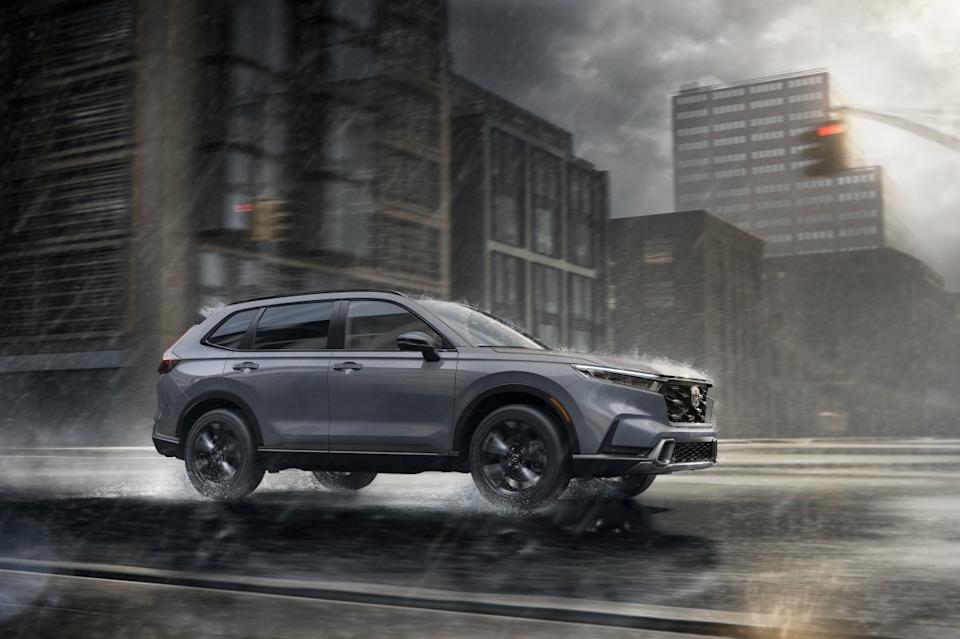 2026 Honda CR-V Sport Touring HybridHonda
2026 Honda CR-V Sport Touring HybridHonda The production networks they’ve developed here over the past four decades are based around additional trade agreements with the U.S. neighbors. Honda, for example, produces its HR-V crossover in Mexico, and the bigger CR-V in Canada. Those nations have yet to reach trade agreements with the Trump administration and, as it stands right now, face tariffs of 25 and 35%, respectively.
S&P is confident there will eventually be a broad array of trade agreements that will settle in with tariffs of “between 10 and 15%,” said Brinley. In some cases, those won’t be far off from today’s tariffs. In other cases, they’ll be substantially higher. Even as the lower figure, that would translate into a $4,000 bump to the price of a typical vehicle retailing at $50,000.
Japanese Car Prices Are About to Go Up in the U.S first appeared on Autoblog on Jul 27, 2025
This story was originally reported by Autoblog on Jul 27, 2025, where it first appeared.


